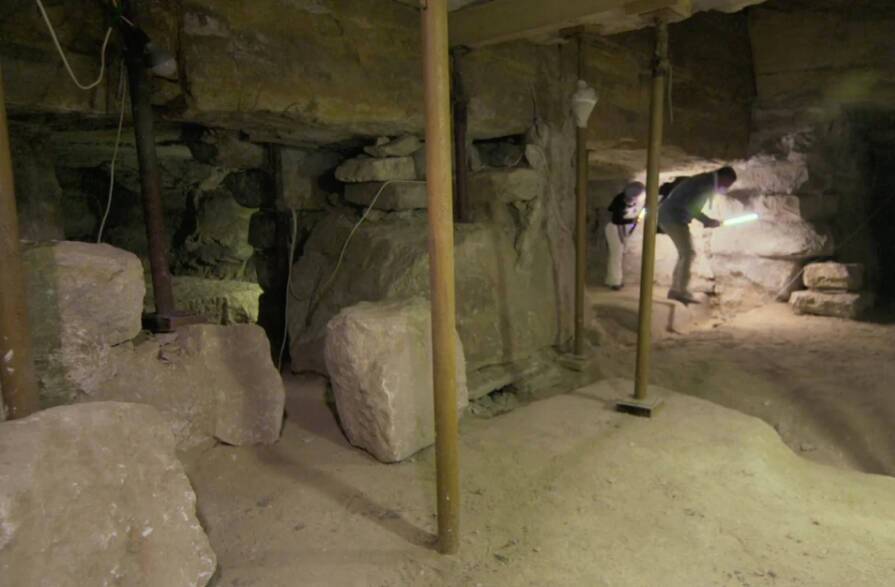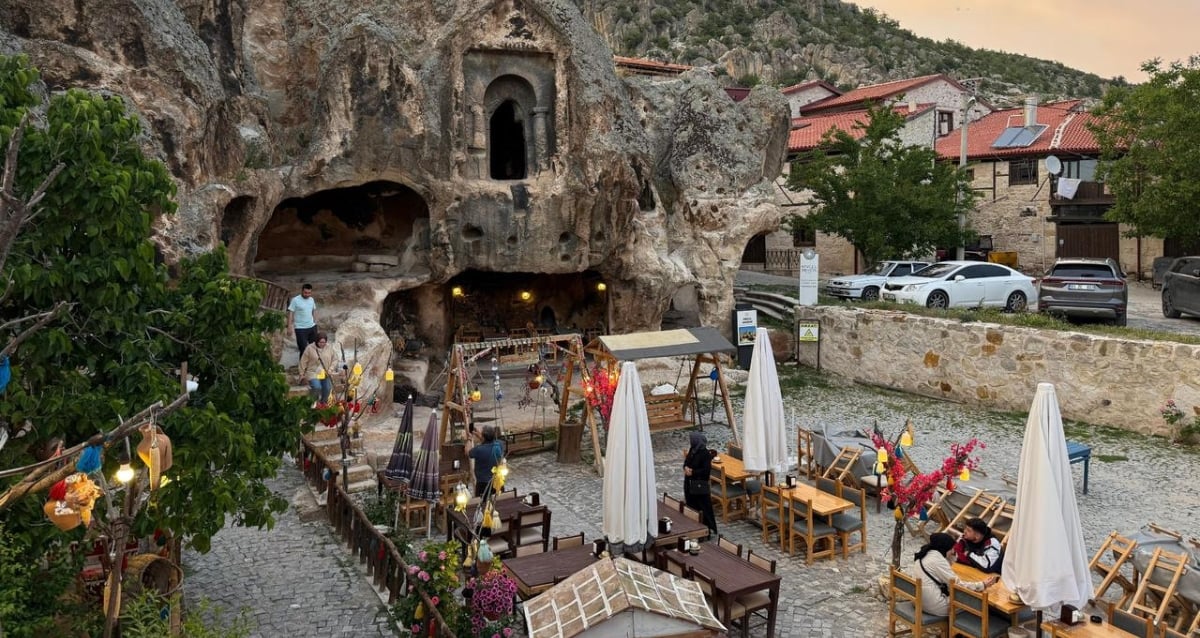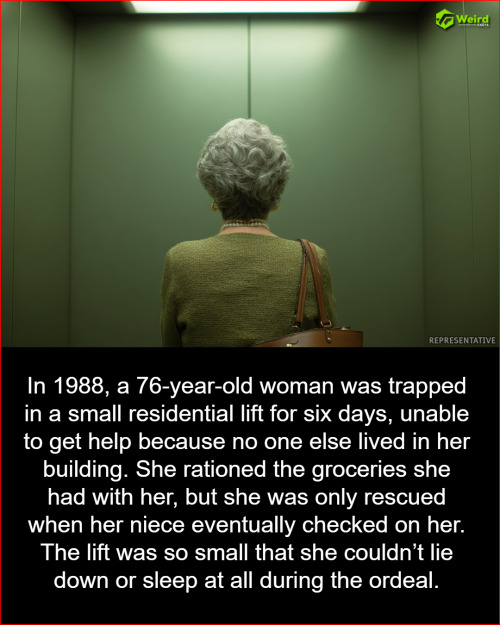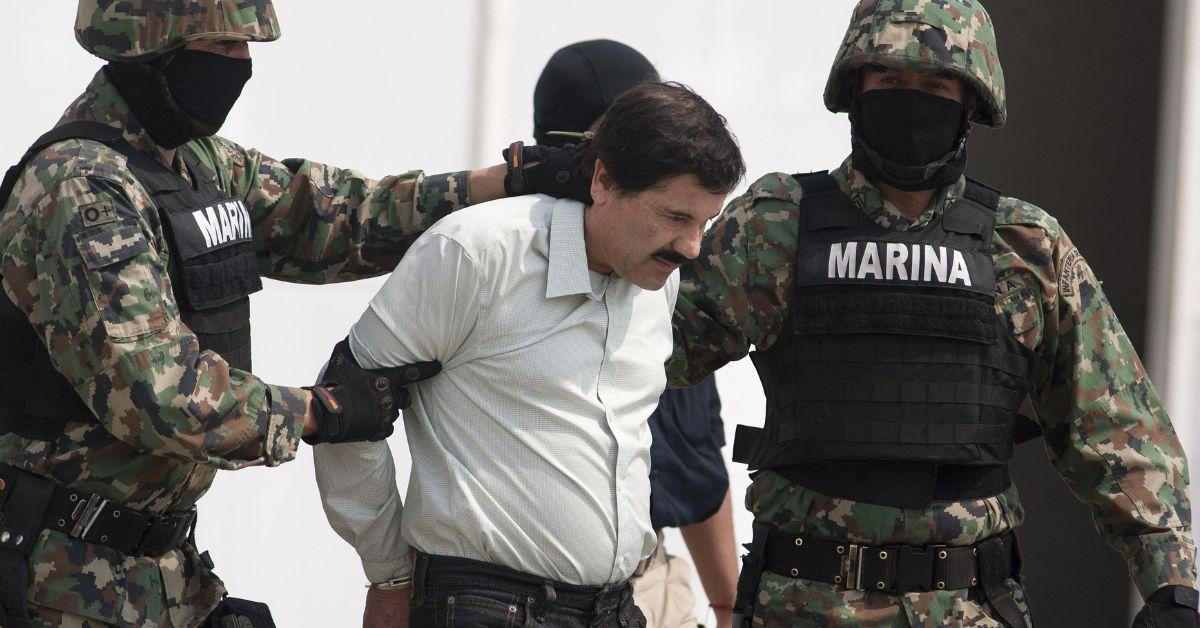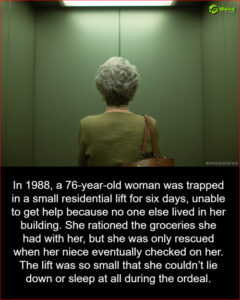“Unlocking Secrets of the Afterlife: Archaeologists Unearth Ancient Egypt’s First Fully Preserved Funeral Home in the Mysterious City of the Dead!”
After the internal organs were removed and placed into canopic jars, the corpse was dried with salts such as natron. The dead were then covered in fragrant oils and wrapped in linen before amulets and spells were tucked between the folds. Lastly, any cherished personal items furnished the tomb.
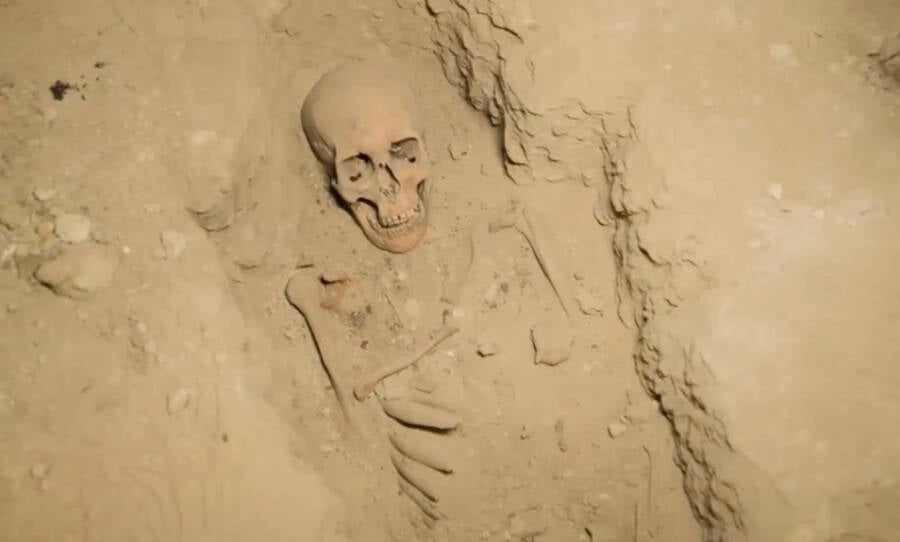
National GeographicThe range of burials spanned from the more wealthy, who were adorned with gold and silver burial masks, to those buried in wooden coffins with nary a personal item by their side.
“It was a huge industry,” said Hussein, with discount packages available to suit every budget.
From evisceration of the bodies to burials and maintenance of the deceased’s souls, this ancient undertaker business was vertically integrated and offered customers the whole experience. Hussein and his team discovered a second shaft leading to another room housing six tombs and 50 mummies.
One held a woman in a limestone sarcophagus weighing over seven tons. Another held a woman whose face was covered with a gold and silver burial mask — the first one found in Egypt in over 100 years. The complex of tombs also held more humble, working-class individuals in wooden coffins.
Hussein posits the embalmers accepted either money or parcels of land for their work. They would first pack the bodies in the burial shaft, then collect their fee, and continue their agreed-upon services.
Ultimately, this is the first time that archaeological evidence definitively confirms what has only been theory based on inscriptions and ancient legal documents. On top of that, it’s a welcome pivot from focusing only on the fanciest, most royal tombs, to how the ancient Egyptian masses interacted with death.
